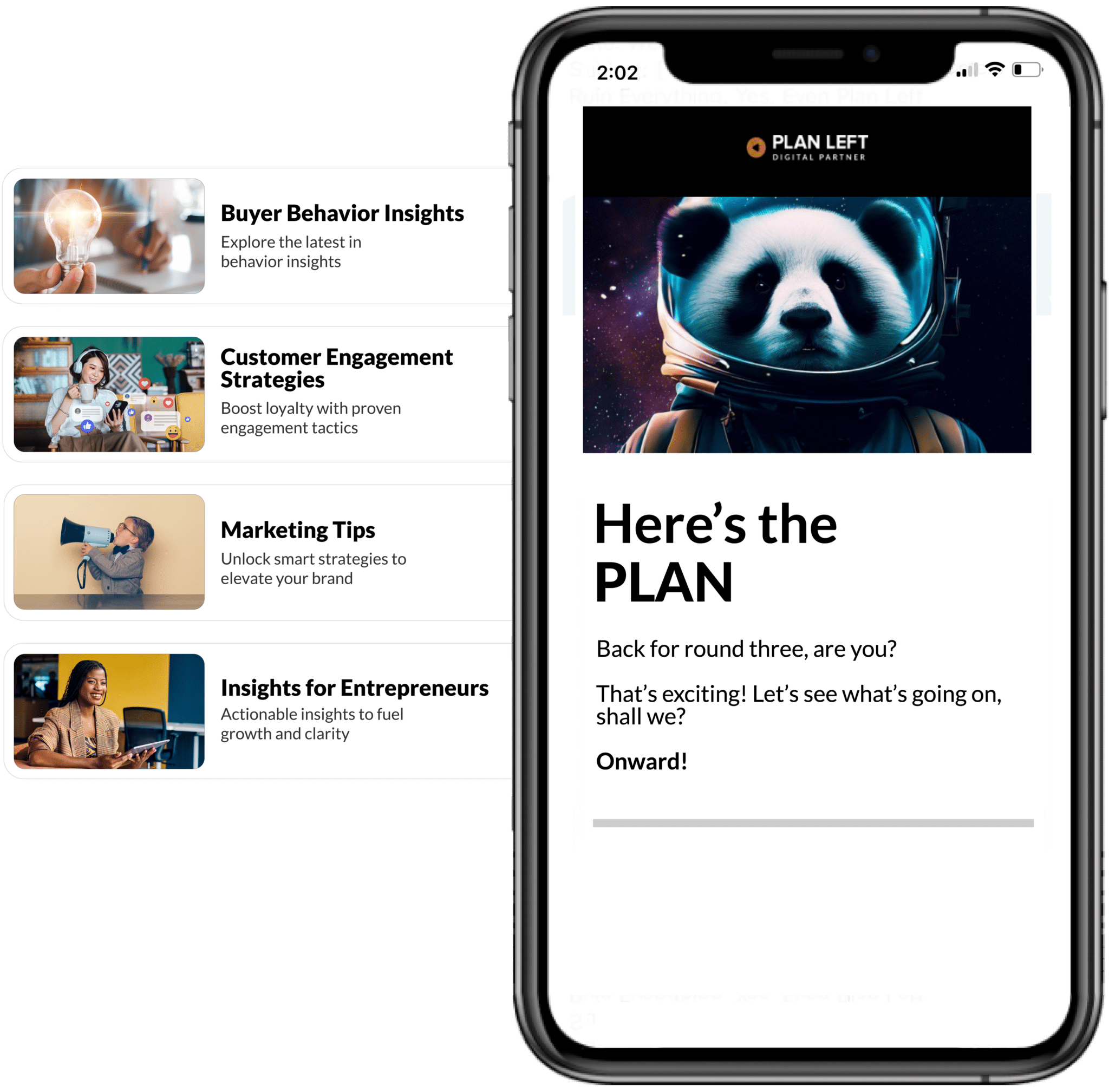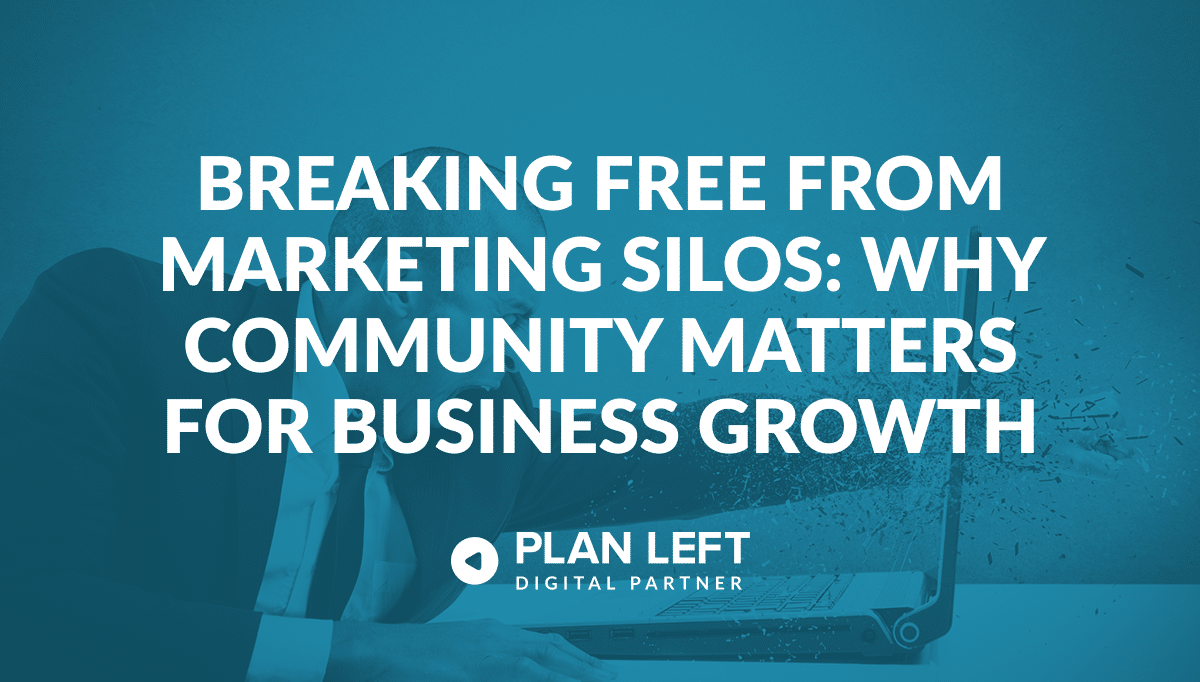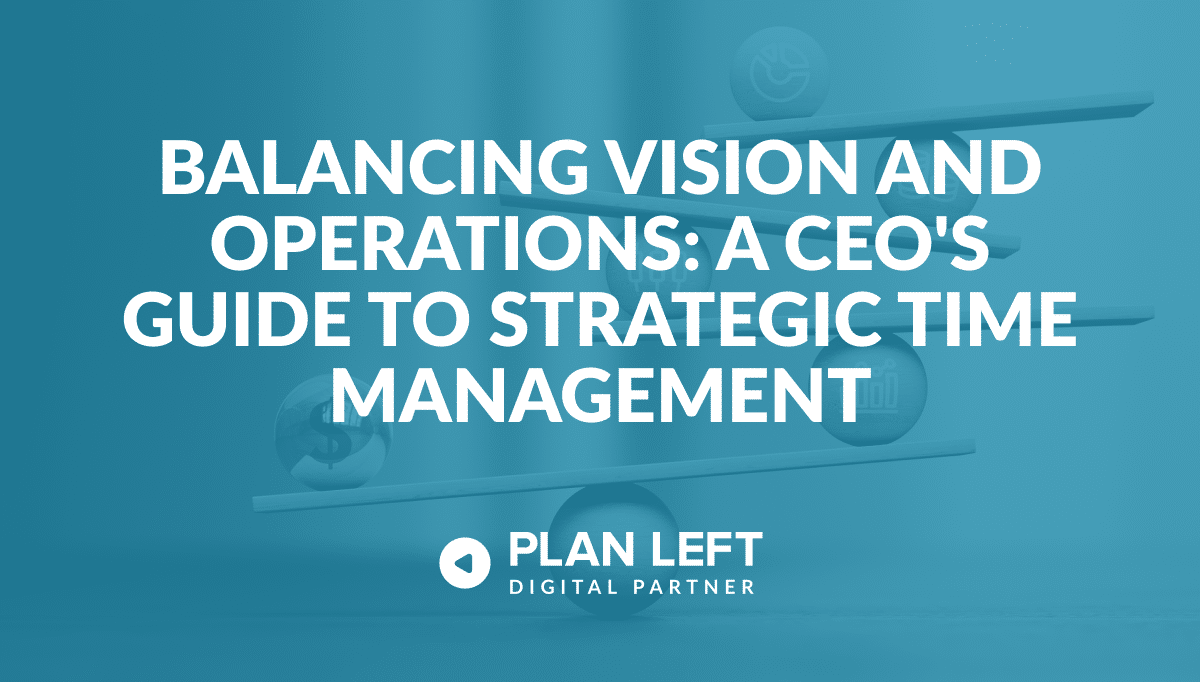
Every transformative company begins with a spark—a founder who sees the world differently and believes they can change it. But as businesses grow from kitchen table startups to market leaders, many lose the very essence that made them compelling in the first place. The challenge isn’t just scaling operations or revenue; it’s evolving your company narrative while preserving the authentic vision that started it all.
Your founder’s vision represents more than a business plan. It embodies the emotional drive, the “why” behind everything you do, and the unique perspective that sets you apart in the marketplace. Yet as teams expand, markets shift, and strategies evolve, maintaining that original inspiration becomes increasingly complex.
The Origins of Company Storytelling
Capturing the Founding Vision
The most powerful company narratives begin with understanding what drove the founder to take that first leap. This emotional core becomes the foundation upon which all future brand storytelling builds. To capture this essence effectively, you need to dig deeper than surface-level mission statements and explore the personal experiences, frustrations, or revelations that sparked the original idea.
Start by identifying the core elements that made the original vision compelling. What problem did the founder feel personally passionate about solving? What unique insight or perspective did they bring that others missed? These elements often reveal themselves through the founder’s journey—the moments of clarity, the obstacles they faced, and the unwavering belief that kept them moving forward despite uncertainty.
Understanding the emotional core means recognizing that great companies aren’t just built on logic; they’re built on feeling. The founder’s emotional investment in the solution becomes the heart of your brand storytelling. This emotional resonance is what attracts customers, employees, and investors who share similar values and believe in the same vision for change.
Documenting foundational inspiration requires creating a narrative archive that captures not just what happened, but why it mattered. Interview key stakeholders who were present during the early days. Record the founder’s reflections on pivotal moments. Gather artifacts—early presentations, prototypes, customer feedback—that tell the story of evolution. This documentation becomes your north star as the company grows, ensuring future decisions align with the original purpose.
Navigating Narrative Evolution
Scaling the Company Story
As your business evolves, your narrative must expand to encompass new realities while maintaining its authentic core. This requires strategic thinking about how to broaden your story’s appeal without diluting its power. The goal is creating scalable messaging that resonates with larger audiences while preserving the intimate connection that made your original vision compelling.
Successful narrative expansion often involves identifying universal themes within your founder’s specific journey. Perhaps your founder’s frustration with inefficient processes speaks to a broader audience struggling with similar challenges. Maybe their commitment to ethical business practices resonates with consumers increasingly concerned about corporate responsibility. By finding these universal connections, you can scale your message without losing authenticity.
Maintaining authenticity during business growth requires constant vigilance against mission drift. As new team members join and market pressures mount, it’s easy to gradually shift messaging toward what seems more broadly appealing or commercially viable. However, authentic growth happens when you expand your narrative outward from a strong center, not when you abandon that center for broader appeal.
The most effective approach to adapting your founding vision involves treating it as a living framework rather than a static document. Your core values and purpose remain constant, but their application and expression evolve with your business. This might mean expanding your product line while maintaining the same commitment to quality, or entering new markets while preserving your unique approach to customer service.
Preserving Core Values Through Growth
Maintaining Narrative Integrity
The challenge of keeping original inspiration alive becomes more complex as organizations grow larger and more diverse. New employees may not share the founder’s personal connection to the mission. Market pressures might push toward messaging that feels safer or more conventional. Yet maintaining this connection to your origins is what prevents your brand from becoming just another commodity in a crowded marketplace.
Successful narrative integrity requires embedding your founding principles into every aspect of your business operations. This goes beyond wall posters and company handbooks. It means hiring people who genuinely connect with your mission, making strategic decisions that align with your values even when they’re more difficult, and consistently communicating why these principles matter to your success.
Balancing innovation with foundational principles requires understanding the difference between tactics and values. Your methods, products, and markets may evolve dramatically, but the underlying beliefs that drive your decisions should remain consistent. This balance allows for necessary adaptation while maintaining the authentic core that makes your brand distinctive.
Strategies for evolving without losing essence involve regular reflection and course correction. Establish systems for evaluating new initiatives against your founding principles. Create feedback loops that help you understand when your messaging is drifting from your authentic voice. Most importantly, ensure that growth decisions strengthen rather than compromise your original vision.
Allow Your Company Story to Grow
Building a sustainable approach to narrative evolution requires systematic thinking about how stories grow and adapt. The most effective framework treats your company narrative as a living ecosystem rather than a fixed script. This means developing processes that allow for organic growth while maintaining structural integrity.
A step-by-step approach to evolving your company story begins with regular narrative audits. Assess how well your current messaging reflects your founding vision. Identify areas where market evolution has created gaps between your original purpose and current communication. Develop messaging updates that bridge these gaps while strengthening rather than weakening your authentic voice.
Charting Your Narrative Journey
The journey from founder’s vision to scalable company narrative requires intentional effort and strategic thinking. Companies that successfully navigate this evolution understand that their story is one of their most valuable assets—one that requires the same careful attention as product development or financial planning.
Key takeaways for scaling your company narrative center on the balance between growth and authenticity. Your story must evolve to remain relevant and compelling to expanding audiences, but this evolution should strengthen rather than weaken your connection to the original vision that made you distinctive.
The most successful narrative scaling happens when companies treat their founding principles as a source of competitive advantage rather than a constraint on growth.
Immediate actions to transform your founder’s vision into scalable messaging begin with documenting and understanding your authentic story:
- Conduct thorough interviews with founders and early employees.
- Analyze your most successful customer relationships to understand what aspects of your narrative resonate most powerfully.
- Create messaging frameworks that can adapt to new contexts while maintaining their essential character.
The inspiring vision for evolving brand storytelling lies in recognizing that the most powerful brands are those that grow larger while remaining true to themselves. Your founder’s vision doesn’t have to become diluted as you scale—it can become more refined, more accessible, and more influential. When done thoughtfully, narrative evolution transforms a personal vision into a shared mission that inspires customers, employees, and stakeholders to join you in changing the world.
Building a scalable company narrative from your founder’s vision requires both strategic thinking and emotional intelligence. It demands understanding what made your original story compelling while having the courage to let it grow and evolve. Most importantly, it requires the commitment to preserve the authentic core that makes your company worth following, regardless of how large you become or how much your market changes.
Explore Latest Posts
Breaking Free from Marketing Silos: Why Community Matters for Business Growth Every entrepreneur knows the weight of making decisions alone. ... read more
December 11, 2025
A Step-By-Step Approach to Breaking Free from Generic Marketing Enterprise marketing leaders face the challenge of standing out among countless ... read more
December 9, 2025
The constant tug-of-war between strategic vision and operational demands defines the modern CEO experience. While your company's future depends on ... read more
December 4, 2025
Essential Strategies for Entrepreneurs
Get Actionable Business Insights & Marketing Tips
Our newsletter delivers real-world strategies from entrepreneurs who’ve been exactly where you are.
Sign up now for:
- Actionable growth strategies that work
- Insider tactics for attracting top talent
- Real-world case studies from successful founders
- Emerging tech trends that drive innovation
- Pragmatic marketing approaches for visionary leaders




